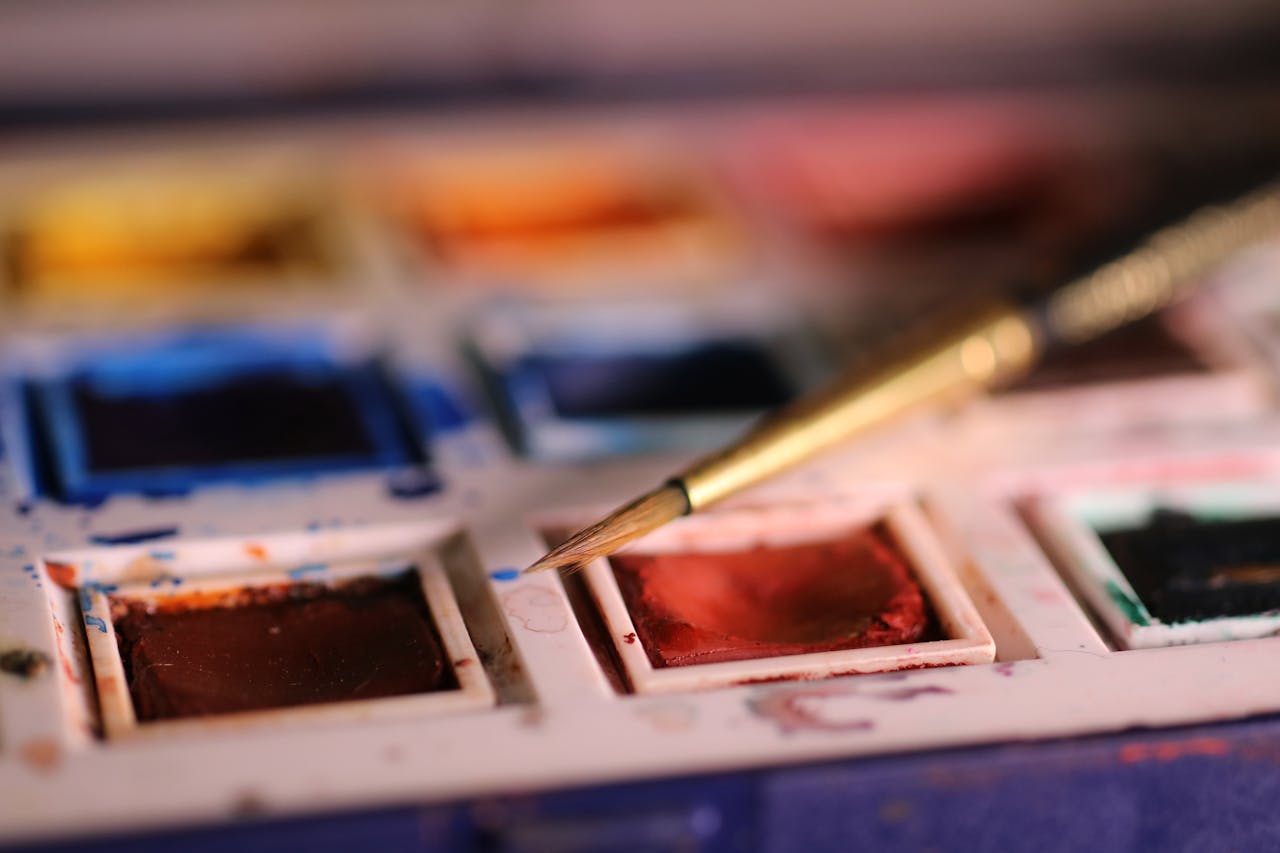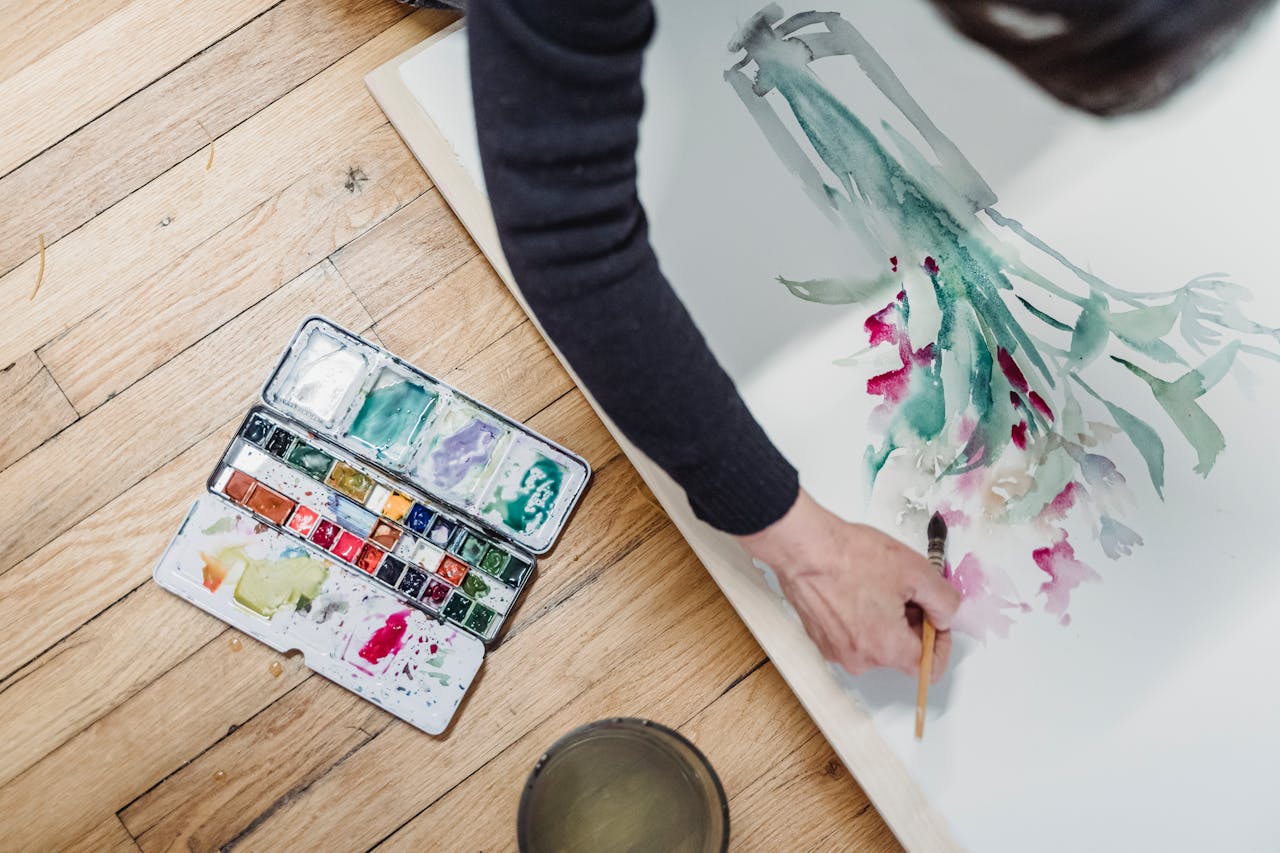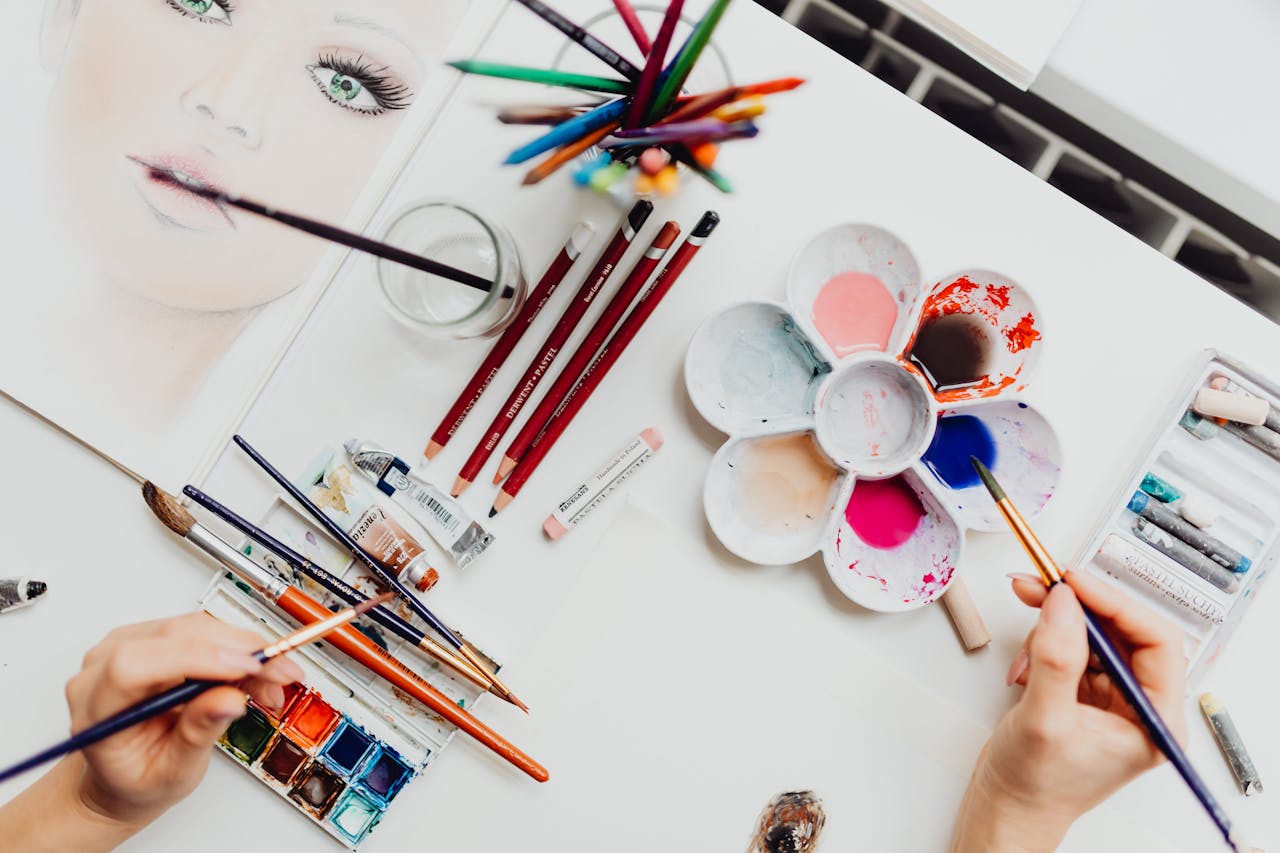Watercolor Painting: The Magic of Transparency and Fluidity
Watercolor painting is a unique and enchanting art form that captivates artists and viewers alike with its vibrant colors and fluid motion. Unlike other mediums, watercolor allows for a beautiful interplay of transparency and fluidity, creating a sense of depth and movement that is hard to replicate. In this article, we will explore the magic of watercolor painting, including its history, techniques, and tips for beginners.

A Brief History of Watercolor Painting
Watercolor has a rich history that dates back centuries. The medium was initially used for sketches and studies, particularly by artists like Albrecht Dürer and J.M.W. Turner. By the 18th century, watercolor emerged as a respected standalone medium, with artists like John Constable and Winslow Homer showcasing its capabilities. The advent of commercially available watercolor paints made it more accessible, leading to a boom in popularity.
Today, watercolor painting is embraced by artists across various styles and genres. From delicate landscapes to bold abstract pieces, the versatility of watercolor allows for endless creative expression.
Understanding the Medium: Transparency and Fluidity
One of the defining features of watercolor is its transparency. Unlike oil or acrylic paints, which can be opaque, watercolors are diluted with water, allowing for light to pass through the pigment and reflect off the paper. This characteristic creates a luminous effect, making colors appear vibrant and glowing.
Fluidity in Watercolor
The fluid nature of watercolor paint allows artists to create soft washes, intricate details, and spontaneous effects. The paint can flow and blend seamlessly, resulting in beautiful gradients and subtle transitions between colors. This fluidity encourages a sense of freedom and experimentation, allowing artists to embrace happy accidents that can lead to unexpected, stunning results.
Essential Techniques for Watercolor Painting
Watercolor painting offers a variety of techniques that can be combined to achieve different effects. Here are some fundamental methods to get you started:
Wet-on-Wet
This technique involves applying wet paint onto wet paper or wet paint. It creates soft edges and smooth transitions, perfect for backgrounds or atmospheric effects. To achieve this, wet the paper with clean water, then drop in your paint and watch it spread and blend.
Wet-on-Dry
In this method, wet paint is applied to dry paper. This technique produces sharper edges and more defined shapes, making it ideal for adding details or creating focal points.
Glazing
Glazing involves layering transparent washes of color over dried paint. This technique allows artists to build depth and complexity in their work. By varying the color and opacity of each layer, you can achieve rich tonal variations and a sense of luminosity.
Dry Brush
Using a dry brush technique involves applying paint to dry paper with minimal water, resulting in a textured, scratchy effect. This is great for adding details like grass, fur, or other textures.
Tips for Beginners: Getting Started with Watercolors
If you’re new to watercolor painting, here are some tips to help you embark on your artistic journey:

Gather Quality Supplies
Invest in quality materials to enhance your painting experience. Look for artist-grade watercolors, brushes, and watercolor paper. While it’s tempting to start with cheaper supplies, quality materials can significantly impact your results.
Experiment with Water Ratios
Understanding the water-to-paint ratio is crucial. More water creates lighter, more transparent washes, while less water leads to darker, more vibrant colors. Practice mixing different ratios to see how they affect the final result.
Embrace Mistakes
Watercolor is a forgiving medium that allows for corrections and adjustments. Embrace the unexpected; some of the best creations come from happy accidents.
Practice Regularly
Like any skill, practice is essential in mastering watercolor techniques. Set aside time to experiment with different methods, colors, and compositions. The more you paint, the more comfortable and confident you’ll become.
Finding Inspiration: Themes and Subjects for Watercolor
Inspiration can come from various sources, and watercolor is versatile enough to capture it all. Here are some themes and subjects to consider:

Landscapes
Nature is a popular subject for watercolor artists. Experiment with capturing the soft colors of a sunset, the textures of trees, or the movement of water. The fluidity of watercolor lends itself beautifully to these themes.
Still Life
Set up a still life arrangement of everyday objects like fruits, flowers, or vases. This practice helps you focus on color blending, shadows, and light.
Portraits
Watercolor can also be used for portraits, allowing for a softer approach to facial features. Experiment with color and layering to achieve lifelike representations.
Abstract Art
Explore the creative freedom of abstract painting. Let the colors flow, blend, and interact without the constraints of realism. This can be a liberating way to express emotions and concepts.
Conclusion: The Endless Possibilities of Watercolor Painting
Watercolor painting is a magical art form that combines transparency and fluidity to create captivating works of art. Its rich history, diverse techniques, and accessibility make it an ideal medium for artists of all skill levels. Whether you are drawn to landscapes, still life, portraits, or abstract art, the possibilities are endless.
As you embark on your watercolor journey, remember to embrace the beauty of imperfection, experiment with techniques, and most importantly, enjoy the process of creating. Let the colors flow and allow your creativity to shine through in every brushstroke. Happy painting!












